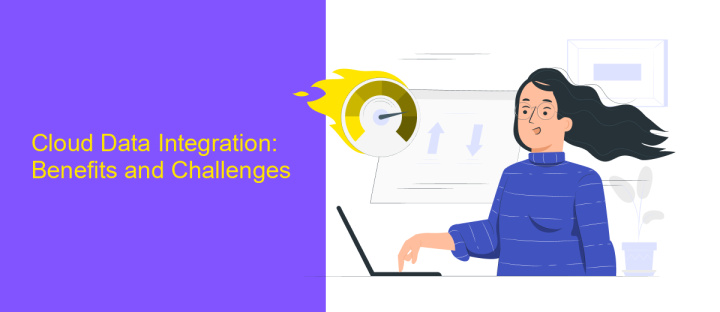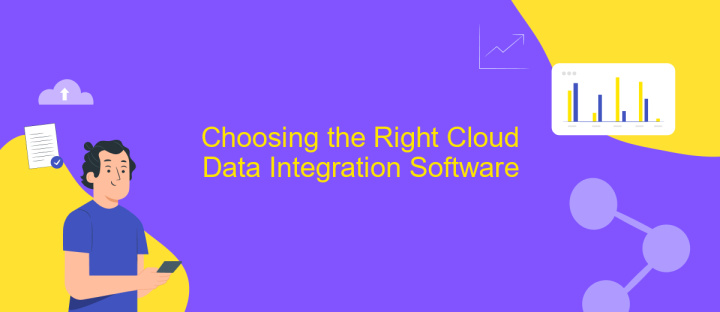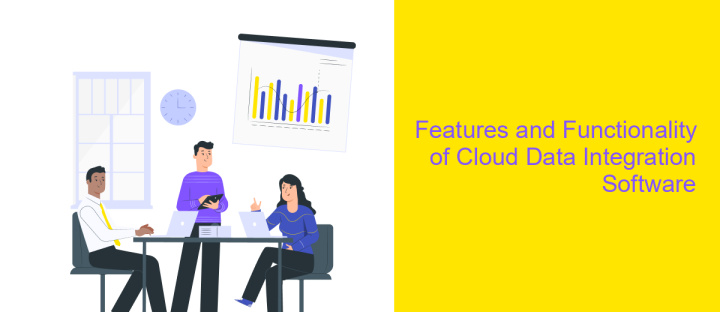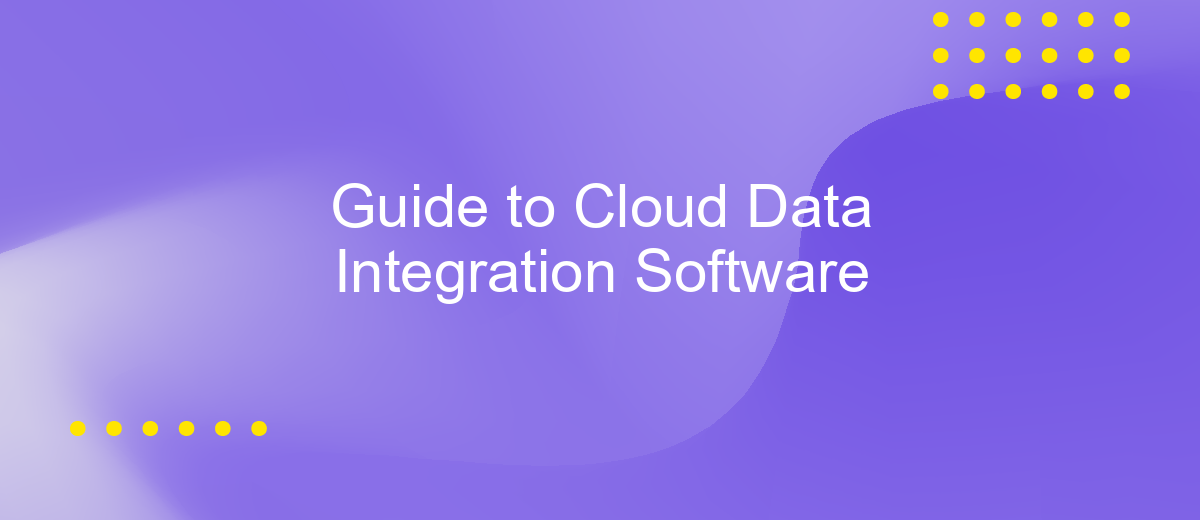Guide to Cloud Data Integration Software
In today's digital age, seamlessly integrating data across various platforms is crucial for businesses to thrive. Cloud data integration software offers a powerful solution to unify disparate data sources, ensuring real-time access and streamlined operations. This guide explores the key features, benefits, and top options available, helping you make an informed decision for your organization's data integration needs.
Introduction
In today's fast-paced digital world, businesses are increasingly turning to cloud data integration software to streamline their operations and enhance data accessibility. This software enables organizations to efficiently connect disparate data sources, ensuring seamless data flow and real-time analytics. As companies continue to adopt cloud-based solutions, understanding the key features and benefits of cloud data integration software becomes crucial.
- Enhanced data accessibility and sharing
- Real-time data synchronization
- Scalability and flexibility
- Improved data accuracy and consistency
- Cost-effective and resource-efficient
By leveraging cloud data integration software, businesses can gain a competitive edge through improved decision-making and operational efficiency. This guide aims to provide a comprehensive overview of the best cloud data integration tools available, helping you make informed choices for your organization's data management needs. Whether you're a small startup or a large enterprise, the right software can transform how you handle and utilize your data.
Cloud Data Integration: Benefits and Challenges

Cloud data integration offers numerous benefits, including streamlined processes, enhanced data accessibility, and improved decision-making. By integrating data from various sources, organizations can achieve a unified view of their operations, leading to more accurate insights and faster response times. Tools like ApiX-Drive simplify the integration process, allowing businesses to connect disparate systems without extensive technical expertise. This can result in significant cost savings and increased operational efficiency, as manual data handling is minimized.
However, cloud data integration also presents several challenges. Data security and privacy are primary concerns, as sensitive information is transferred and stored across multiple platforms. Ensuring compliance with regulations like GDPR can be complex. Additionally, integrating legacy systems with modern cloud solutions can be technically demanding and resource-intensive. Performance issues may arise if the integration is not optimized, potentially leading to data latency and inconsistent information. Despite these challenges, leveraging robust integration tools and adopting best practices can help organizations mitigate risks and maximize the benefits of cloud data integration.
Choosing the Right Cloud Data Integration Software

Choosing the right cloud data integration software is crucial for ensuring seamless data flow and efficient operations within your organization. With numerous options available, it’s essential to evaluate key factors that align with your specific needs and goals. Here are some critical considerations to guide your decision-making process:
- Scalability: Ensure the software can grow with your business and handle increasing data volumes.
- Compatibility: Check if it integrates well with your existing systems and applications.
- Security: Look for robust security features to protect sensitive data.
- Usability: Consider the ease of use and the learning curve for your team.
- Support and Maintenance: Evaluate the vendor’s support services and update policies.
By carefully considering these factors, you can select a cloud data integration software that not only meets your current requirements but also supports future growth and technological advancements. Making an informed choice will facilitate better data management, enhance operational efficiency, and drive business success.
Features and Functionality of Cloud Data Integration Software

Cloud data integration software is designed to seamlessly connect disparate data sources and applications, enabling organizations to streamline their data management processes. These tools offer a wide range of features that facilitate data movement, transformation, and synchronization across various platforms.
One of the key functionalities is the ability to handle large volumes of data with high efficiency and reliability. The software typically supports various data formats and protocols, ensuring compatibility with different systems. Additionally, it often includes robust security measures to protect sensitive information during transfer.
- Automated data synchronization
- Real-time data processing
- Scalability to handle large datasets
- Support for multiple data formats and protocols
- Advanced security features
- Data transformation and cleansing tools
These features collectively enable businesses to maintain data integrity and consistency while reducing manual intervention. By leveraging cloud data integration software, organizations can achieve more efficient data workflows, leading to better decision-making and operational efficiency.
Conclusion
In conclusion, cloud data integration software plays a pivotal role in ensuring seamless data flow across various platforms, enhancing business efficiency and decision-making. By leveraging these tools, organizations can effectively manage and synchronize their data, leading to improved operational performance and strategic insights. The right integration software can bridge the gap between disparate systems, allowing for real-time data access and analysis.
Moreover, services like ApiX-Drive offer a user-friendly approach to setting up and managing integrations without requiring extensive technical expertise. This not only saves time and resources but also empowers businesses to focus on their core activities while maintaining robust data connectivity. As the digital landscape continues to evolve, investing in reliable cloud data integration solutions will be crucial for staying competitive and driving growth in today's data-driven world.
FAQ
What is cloud data integration software?
Why is cloud data integration important for businesses?
How does cloud data integration software work?
What are the key features to look for in cloud data integration software?
Can cloud data integration software be used without technical expertise?
Apix-Drive is a universal tool that will quickly streamline any workflow, freeing you from routine and possible financial losses. Try ApiX-Drive in action and see how useful it is for you personally. In the meantime, when you are setting up connections between systems, think about where you are investing your free time, because now you will have much more of it.

